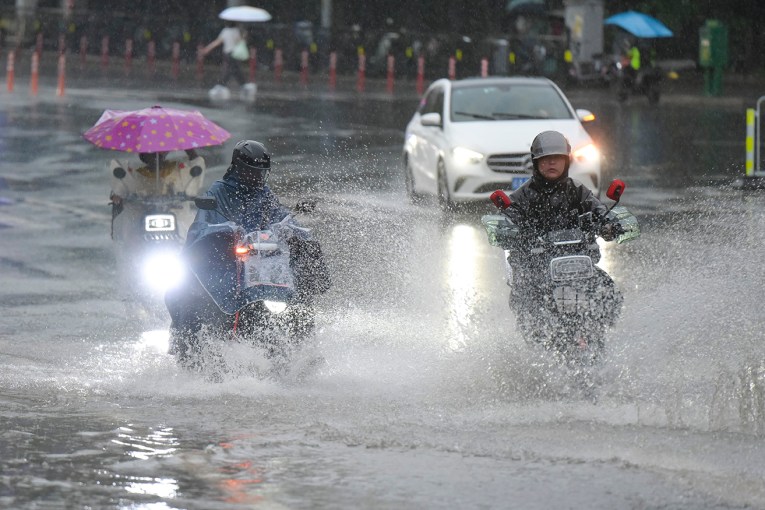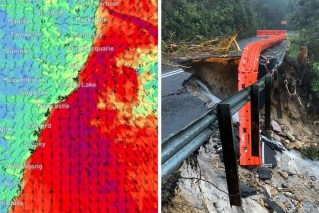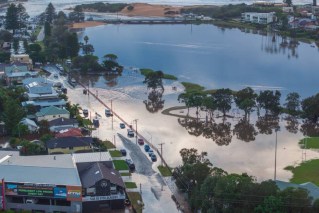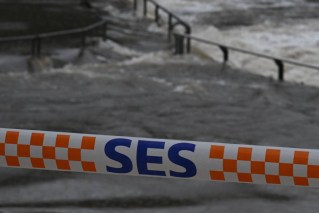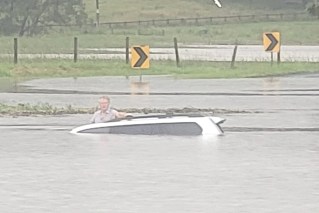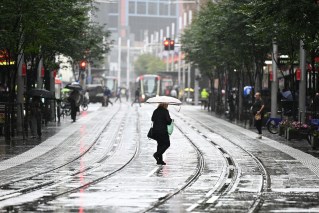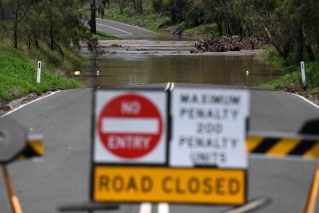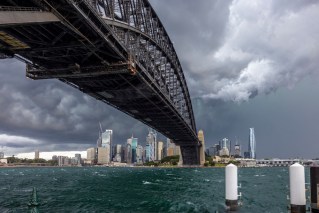Storm warning as east coast braces for fire season

Source: Bureau of Meteorology
Disaster-weary Australians have been told to brace for storms and possibly floods in coming months, despite predictions for a dry spring along the east coast.
The Bureau of Meteorology has warned that spring marks the peak season for severe storms in Australia’s eastern states and the outlook is largely unchanged despite developing El Nino conditions.
Senior climatologist Hugh McDowell said the long-range forecast was for lower-than-average rainfall in NSW in spring with a high chance of above-average temperatures.
He said the developing El Nino and conditions in the Indian Ocean meant less overall rainfall, but their influence on severe storms was weaker.
“We can expect the number of severe storms to be close to historical averages this year,” Mr McDowell said, adding that the flood risk was also close to average.
NSW State Emergency Service Commissioner Carlene York said people should not be complacent and she urged residents to get their properties ready for severe storms.
“Throughout storm season severe weather, such as flooding due to isolated heavy rainfall, strong wind events and damaging hail, can all have significant impacts on communities,” she said.
Between October last year and March, NSW SES responded to more than 14,000 storm-related incidents.
Those storms followed record flooding in parts of NSW and Queensland in February and March 2022, one of the costliest natural disasters in Australian history.
Residents in NSW, South Australia, large parts of Victoria and south-east Queensland have also been told to brace for an elevated risk of spring bushfires during what could be the worst fire season since the 2019-2020 Black Summer.
Several years of La Nina-driven rain have dampened fire concerns, but the wet conditions have also fuelled the growth of rapidly drying vegetation.
A catastrophic fire danger rating was declared for Queensland’s Darling Downs and Granite Belt on Monday, with extreme conditions for Maranoa and Warrego and Channel Country districts.
It was Queensland’s first catastrophic fire danger rating since November 2018.
“The changes to the way fire danger is calculated last year means that the fire danger ratings are not exactly like-for-like. The recent changes represent all types of vegetation in Australia, as opposed to just forest fires with the old system,” forecaster Weatherzone wrote on Monday.
“The biggest reason for this catastrophic rating is the very high fuel load in the region that grew prolifically during the last three La Niña events. During the last eight months, rainfall has dried up, leading to severe rainfall deficiencies in the region.”
Weatherzone said the dry weather and high fuel loads, combined with the forecast of a hot, dry spring, meant it was likely southern Queensland would again face days of extreme or catastrophic fire danger.
BoM senior climatologist Lynette Bettio said last week it was likely that an El Nino would be declared for Australia this year, following most of the northern hemisphere.
She also warned of an increased chance of heatwaves as summer nears.
“July was the warmest month on record globally when including land and ocean temperatures,” she said.
“We know that a warmer climate increases the risk of extreme weather like heatwaves. The outlook from the Australian fire agency shows an increased fire risk for large areas of NSW, Queensland and the Northern Territory, plus parts of Victoria and South Australia.”
-with AAP
